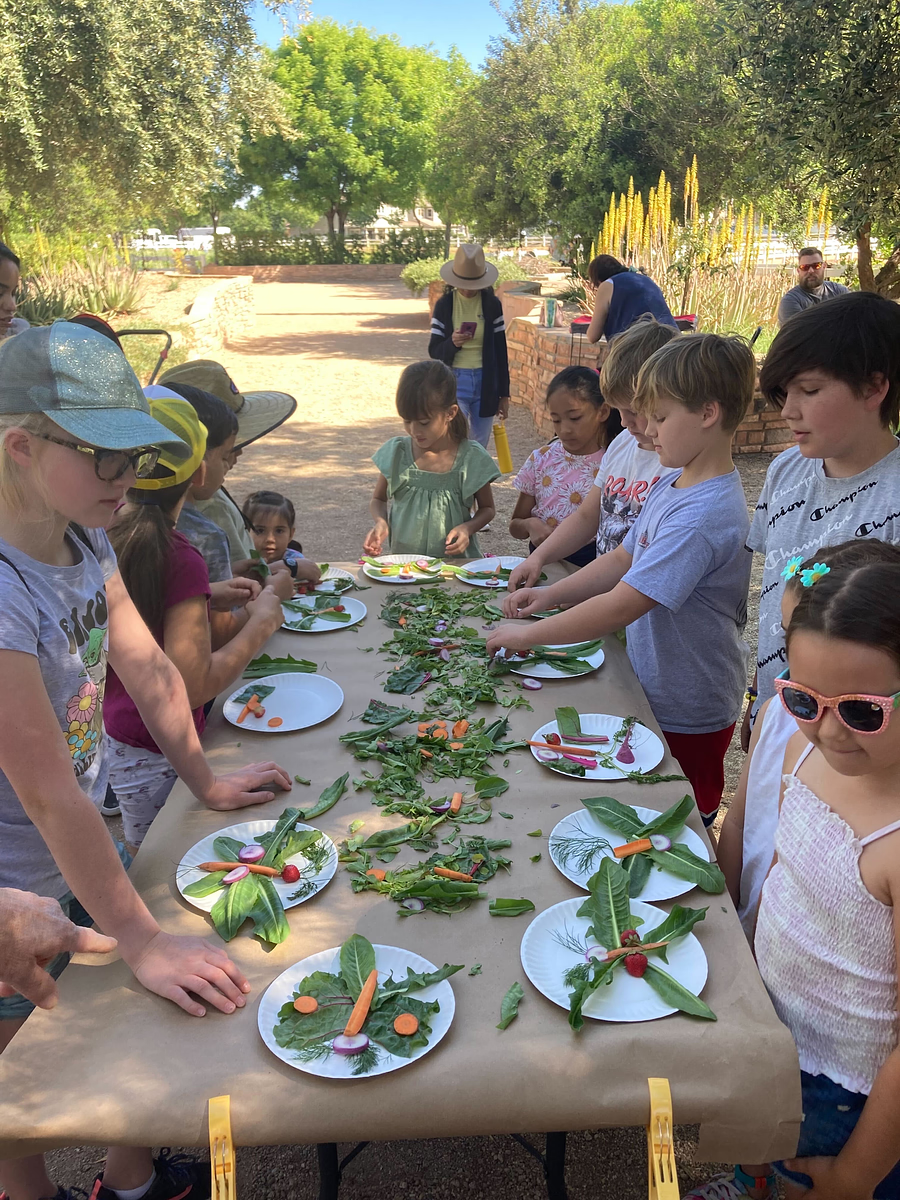Stephanie Sansone | August 14, 2022
Hello Colearn Families!
You’ve decided to homeschool your kindergartener and you may be wondering, where do I start? The beauty of kindergarten (and homeschooling in general!) is that you and your child(ren) can learn together and figure out what works best for your family. Plus, you’ve been your child’s teacher since they were born, so you’ve got this!
First, know that kindergarten at home doesn’t have to look like kindergarten in a brick and mortar school. You don’t need the structure that teachers do with 20+ students, or a full day for that matter. Again, do what works best for your child. If they thrive on routines, you can build them into your day. Daily routines such as calendar time, where they learn days of the week, months of the year, and talk about the weather are a great place to start.
A good goal for kindergarten is to have about two hours of intentional learning activities each day. The good news is your children are always learning when they’re with you. There’s so much informal learning throughout your daily conversations and activities where they pick up colors, counting, new letters and words, and so much more. See I told you, you got this!
A huge part of learning in kindergarten is through hands-on play and exploration. Doing puzzles, building cool creations with Legos, making play dough and then using it to form letters, numbers or shapes, sorting buttons or other objects into categories such as color or size…the opportunities are endless! And, be sure to incorporate free play time into your day. It’s so beneficial for brain development, creativity, problem solving and other life skills. In fact, play is crucial for brain development because it gives young children opportunities to experience new things and practice existing skills, which strengthens networks of brain connections.
As a former reading interventionist, I know first hand how essential daily reading is to your child’s development. My children are now 8 and 11 and they’re both avid readers. I truly think it’s because we started reading together every day when they were babies, simply to enjoy the stories and pictures and everything that books offer. Encouraging a love of reading has such a positive lifelong impact. In the long run it will also make your job as a homeschooling parent a lot easier if your kiddos love their solo time with books.
Incorporating read alouds, completely separate from any reading instruction, is an essential part of the day in kindergarten (and beyond!). I love going on the library website and requesting a bunch of books for whatever we’re learning about, and collecting them in a basket in our learning space. You can find books to tie in with what you want to teach and also choose topics your child shows interest in. If they love butterflies, you can read about their life cycle and draw or paint them. You could even get a butterfly kit and raise them. It feels like such a success when you see your child going and picking a book out of the basket to look through on their own!
I highly encourage adding a phonemic awareness routine into your day. Phonemic awareness is the ability to hear individual sounds in spoken words and manipulate them; it’s a foundational reading skill that’s often missing in early literacy instruction, and is key to becoming a strong reader.
Phonemic awareness activities are all auditory practice; nothing is in print. It includes segmenting (what is the first sound in mat? /m/; what are the sounds in mat? /m/ /a/ /t/) and blending (mmmm…aaaaa…t. What word? Mat). Putting words together and taking them apart are big kindergarten skills, and essential before starting to read. This is just a quick snapshot of some kindergarten phonemic awareness activities, because just thinking about teaching emerging readers gets me excited!
Look out for a whole post on this soon. For now I’ll just say that research shows that phonemic awareness is the best predictor of reading success in young children. My favorite program is an open and go one by Heggerty, and is very simply titled “Phonemic Awareness.” It includes daily routines that you and your child will spend 10-12 minutes on to build their skills. Again, this is all engaging, auditory practice, there is no paper/pencil work. My kinders saw them as games and really enjoyed them.
Kindergarten is the opportunity to get your feet wet in your homeschooling journey. By ensuring your child is exposed to an array of books, vocabulary and experiences, you’ll be setting them up for success. Building a supportive and encouraging learning environment will have an incredible impact on your child.
Hopefully these ideas help you get started with YOUR new role as a kindergarten teacher. :) My Colearn colleague Courtney Cullen and I are here and happy to support you in any way we can. If you’d like to learn more about Colearn's K-5 programs connect with an home education specialist today!
Cheers to a great year!
Stephanie
More about our featured blog writer: Stephanie Sansone is a Colearn Education Specialist and 3rd-5th Content Lead. Stephanie is a former brick and mortar classroom teacher and reading interventionist who homeschooled her two children during the pandemic.
Tags: Education, Kindergarten
Get Colearn blog posts in your email.
By clicking on the button, I agree to the processing of personal data and the terms of use of the Platform

Colearn helps new and experienced families navigate the day to day home education process. Explore our programs here.